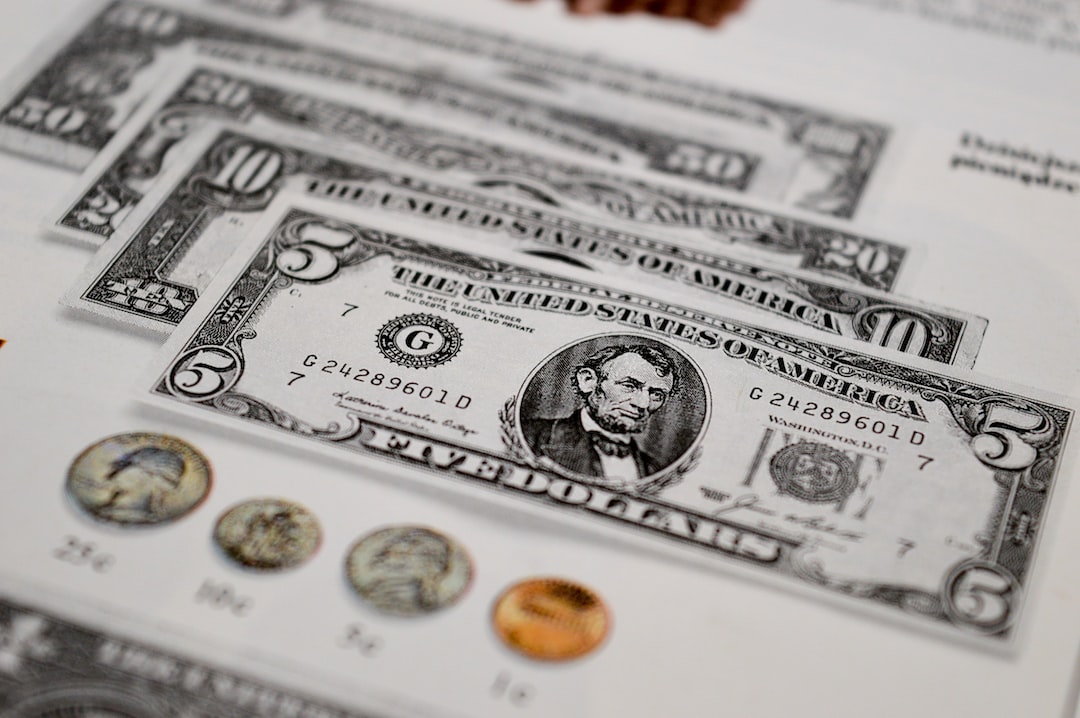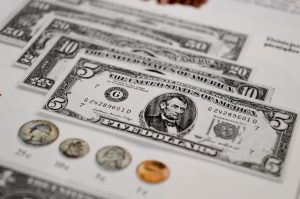Candlestick charts are a popular form of technical analysis in forex trading. They provide valuable insights into the market sentiment and help traders make informed trading decisions. Among the various candlestick patterns, the pin bar is a widely used and highly effective pattern. However, some traders argue that the dragonfly and gravestone doji candlesticks are also the same as pin bars. In this article, we will explore why dragonfly and gravestone doji candlesticks are the same as pin bars.
The pin bar is a candlestick pattern that consists of a long wick or tail and a small body. The wick represents the price range that the market traded during the period, while the body represents the opening and closing prices. A bullish pin bar has a long lower wick and a small upper body, indicating that the market rejected lower prices and closed near the high. Conversely, a bearish pin bar has a long upper wick and a small lower body, indicating that the market rejected higher prices and closed near the low.
Similarly, the dragonfly and gravestone doji candlesticks are also characterized by a long wick or tail and a small body. The dragonfly doji has a long lower wick and no upper wick, while the gravestone doji has a long upper wick and no lower wick. Both patterns indicate that the market traded in a wide range during the period, but ultimately closed near the opening price.
The similarity between the pin bar and the dragonfly and gravestone doji candlesticks lies in their wicks. In all three patterns, the long wick represents a rejection of higher or lower prices, indicating a potential reversal in the market sentiment. Traders often use these patterns to identify key levels of support and resistance and to enter trades with favorable risk-reward ratios.
Another similarity between the pin bar and the dragonfly and gravestone doji candlesticks is their reliability. These patterns are considered highly reliable because they occur infrequently and require specific market conditions to form. Traders often wait for confirmation before entering trades based on these patterns, such as a bullish or bearish follow-through candle.
However, there are some differences between the pin bar and the dragonfly and gravestone doji candlesticks. The pin bar has a small body, indicating a clear distinction between the opening and closing prices. In contrast, the dragonfly and gravestone doji candlesticks have no or a very small body, indicating a lack of clear direction in the market. Traders may interpret this as indecision or uncertainty and may require additional confirmation before entering trades based on these patterns.
In conclusion, dragonfly and gravestone doji candlesticks are similar to pin bars because they share common characteristics, such as a long wick or tail and a potential reversal in the market sentiment. Traders often use these patterns to identify key levels of support and resistance and to enter trades with favorable risk-reward ratios. However, there are also some differences between these patterns that traders should be aware of. By understanding the similarities and differences between these candlestick patterns, traders can improve their technical analysis skills and make more informed trading decisions.






